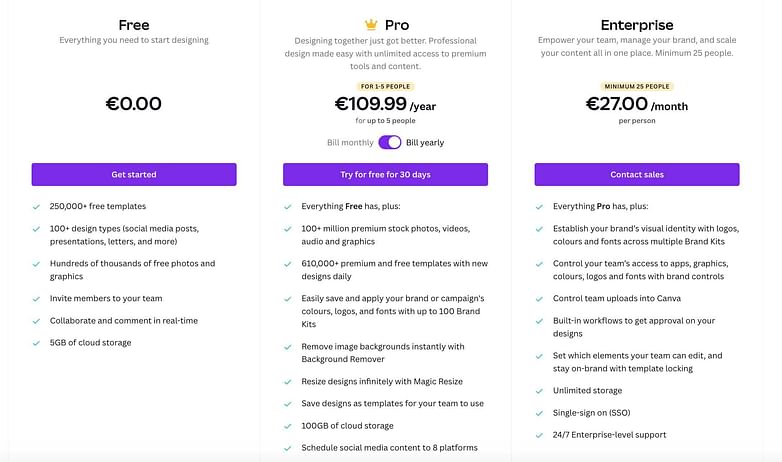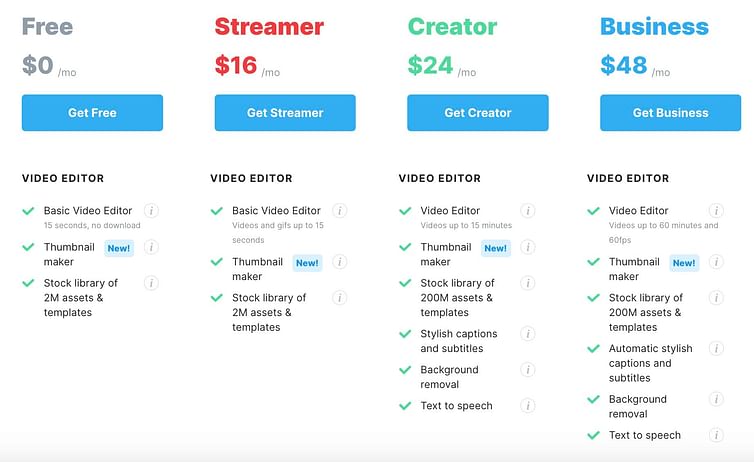Join our Facebook Group
List-length effect
A smaller percentage of items are remembered in a longer list, but as the length of the list increases, the absolute number of items remembered increases as well.
A smaller percentage of items are remembered in a longer list, but as the length of the list increases, the absolute number of items remembered increases as well. For example, consider a list of 30 items ("L30") and a list of 100 items ("L100"). An individual may remember 15 items from L30, or 50%, whereas the individual may remember 40 items from L100, or 40%. Although the percent of L30 items remembered (50%) is greater than the percent of L100 (40%), more L100 items (40) are remembered than L30 items (15).
In recognition memory, the list-length effect suggests that recognition performance for a small list is better than for a lengthy list. The list length effect is consistent with item noise models' predictions, whereas context noise models anticipate no effect. The list length effect has recently been suggested to be removed if relevant confounds are managed. The findings of two studies investigating the function of attention and the remember-know the task in detecting the list length effect are presented. We find that when possible confounds are eliminated, there is no list length impact and that the design utilized to control attention is the most important factor.
What is the List-length effect?
The list-length effect is the phenomenon of individuals remembering just a tiny percentage of things on a list, but as the list grows longer, they recall a higher number of items. When a person goes grocery shopping and forgets their list, they are likely to recall only a few items. This occurs regardless of whether the list is short or long. Because the list was longer, a person is more likely to recall a higher percentage of the things than if they tried to remember a shortlist.
Four factors may confound the list length effect
Retention interval
Dennis and Humphreys (2001) identified retention interval as one of the first potential confounds of the list length effect. The retention interval is the time between the presentation of a word at study and its subsequent testing. A lengthy list requires more time to examine all items than a shortlist, implying that long-list items have a longer retention interval.
This complication can be avoided by equalizing the average retention intervals of the short and long lists, either retrospectively or proactively. The shortlist is followed by a period of filler activity in the retroactive design, such that the total time spent on the shortlist and filler activity equals the total time spent on the long list.
Attention
Attention is another potential confound of the list length effect, which was initially noted by Underwood (1978). Participants are more likely to become tired during the lengthy list than during the shortlist and pay proportionally less attention to the items. This is especially troublesome in the proactive approach, where only the last items on the long list are evaluated, and their performance is compared to that of the shortlist. All of the targets appear at the beginning of the respective test lists in the retroactive design, and the attention provided to the target items in each list should be the same.
The assumption that all objects will have been processed to some degree, regardless of exhaustion, may be made by having participants complete an encoding task that demands a response during the research. However, it should be emphasized that there may be no way to avoid attention lapses in the proactive condition, and the wider the difference in length between the short and long lists, the more probable this confound will play a part in the list length finding.
Displaced rehearsal
Displaced rehearsal refers to changes in item rehearsal patterns between short and large lists, and it can potentially skew the list length effect. This problem occurs when the retention interval is set, and just a few long list items are tested, while all shortlist items are included as targets. Because all of the studied items are included as test goals, and practice of shortlist items will benefit performance in this situation.
However, because only a fraction of the examined items is tested, there is no assurance with long-list item rehearsal. As a result, practicing nontested things would take time away from practicing tested items, lowering performance on those goals. This would favor shortlist performance and potentially lead to a list-length impact.
Furthermore, under the retroactive circumstance, where the filler activity occurs after the shortlist, the problem of misplaced rehearsal worsens. Participants may use this time to practice shortlist items, even though it is not intended to be a rehearsal session. The lengthy list presents things in a continuous stream, limiting practice time. This would favor shortlisting performance once again, perhaps resulting in the list-length effect.
Contextual reinstatement
One popular viewpoint is that one aspect of context may be viewed as a collection of components that change at random across time. The closer two occurrences are in time; the more their circumstances will be similar. As a result, the present context at the test is likely to change from the current context at study, depending on how much time has passed. The higher the performance, the more comparable the active contextual factors present to those encoded throughout the research.
To get all the list items associated with a research context, item noise models require a representation of the study context during testing. Context noise models employ the test probe to prompt retrieve all past contexts in which that item has been observed and then compare the returned vector to the study context's representation. As a result, restoring the study environment at the test is critical in both item and context noise models of recognition memory. The greater the recognition performance, the more exact this reestablished study context is.
Participants will also likely use the current end-of-list context rather than restore a prior study context at the exam. Because context changes with time, there will be greater room for variation in the long list, which will negatively influence performance because some of its items will have been reviewed less recently.
Cued recall
Participants will also likely use the current end-of-list context rather than restore a prior study context at the exam. Because context changes with time, there will be greater room for variation in the long list, which will negatively influence performance because some of its items will have been reviewed less recently.
Participants are often provided with lists of paired terms in the cued recall; afterward, one of the paired words is supplied, and the participants are requested to offer the other. We postulate that participants develop a three-way bond between the paired items and the research setting in this scenario. Later in the test phase, participants will recover the target using both the provided term and the context as signals. Cued recall, like free-recall and single-item recognition, has several characteristics in common.
However, most of the models and ideas addressed above have not been applied directly to cued recall. Cued recall's underpinning retrieval process is currently unknown. The influence of list length on cued memory has received little attention in the literature. A list length effect has been shown in a few studies. Nobel and Shiffrin (2001) used the item noise technique to apply a retrieval process from the REM model to explain the list length effect in cued memory. The fundamental concept is to construct a probability ratio by comparing the item cue to every stored studied pair and selecting the most relevant pair to generate targets.
On the other hand, those trials failed to use paradigms that might control confounding variables like retention interval and attention. When regulating the duration of the retention interval, rehearsals, and attention, Chapman and Dennis discovered a null list-length impact in cued recall. The null list-length result may be obtained by assuming that participants utilize the item cue to recall the target and the context cue to minimize but not remove pre-experiment memory interference.
As a result, the primary noise source during retrieval is pre-experiment memories connected with the item cue, with minimal interference from other investigated items.
Conclusion
The high-frequency target advantage backs up prior studies, indicating that high-frequency terms are easier to remember. The lack of a list-length impact and a low-frequency cue advantage contradict the bulk of prior cued recall findings. The findings, however, are similar to those of previous studies that varied list length while controlling for confounding factors, casting doubt on the traditional belief in item-noise interference in cued memory.
The low-frequency cue advantage confirms our assumptions and raises intriguing concerns about how the context and item cues interact in cued memory. It's also worth looking at how the encoding task and retention period affect context cues. All of the conclusions in the research require more investigation, but they do place fundamental limits on a unified memory model.
List Length Effect example
You may have a list of items on different places on your website. Here are few examples of places where you might find listed items:
- On menu when you are listing products categories
- On your product detail page when you are listing your product attribute
- On your pricing page when you are listing product features and comparing your pricing plans
When making list of items, remember to keep the list short and easy to memories, or explain to someone else. If you are a BtoB Saas software editor, keep in mind that someone in charge of benchmarking your products again competitors, will have to remember the advantages of your price plans and explain it to his boss. Keeping your item list short on your website is giving higher chances to your users to remember them.
Example of a long list of items

Example of a short list of items

Example of hypothesis applied
If we shorten the list of items, then conversions for new users on desktop and mobile devices will increase, because of list length Effect.
Frequently Asked Questions
Will you use psychology for your experimentation process?
Are you curious about how to apply this bias in experimentation? We've got that information available for you!
Join over 452+ users
- Lifetime access to all biases
- Filter on metrics, page type, implementation effort
- More examples and code for experimentation
Choose your subscription!
Pay with Stripe
Lifetime deal PREMIUM
Get access to the search engine, filter page, and future features.